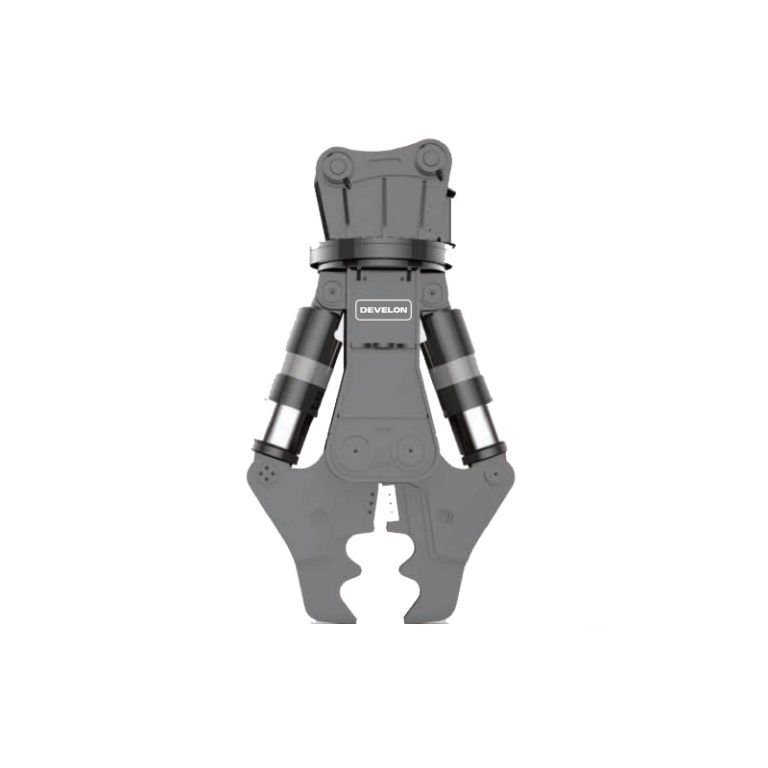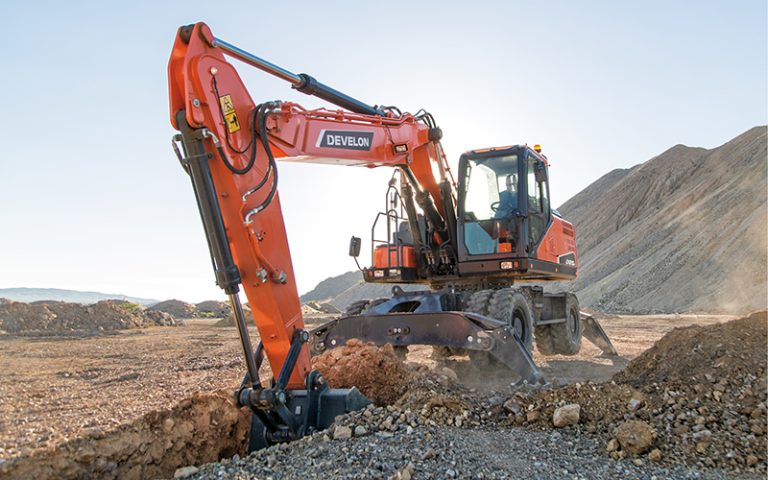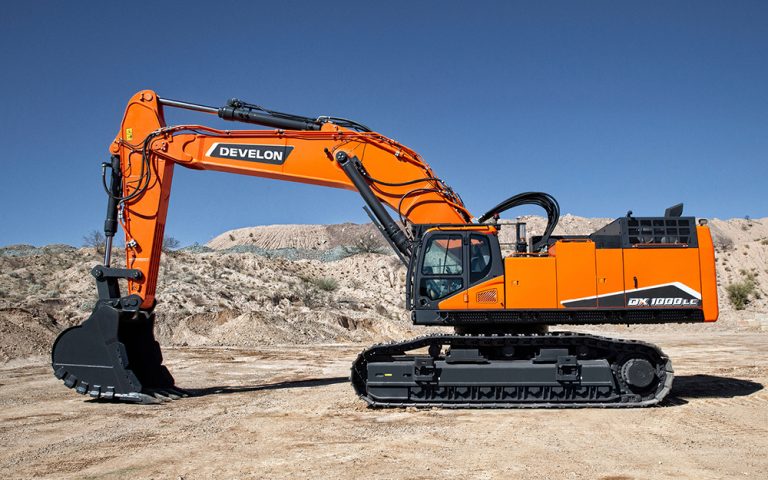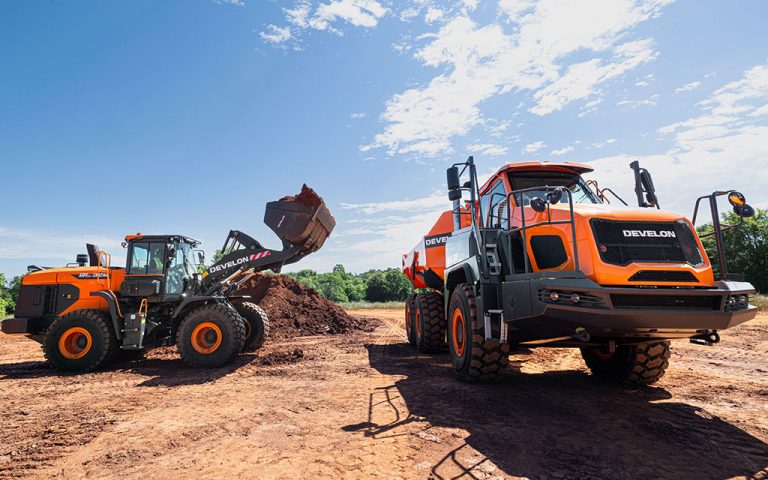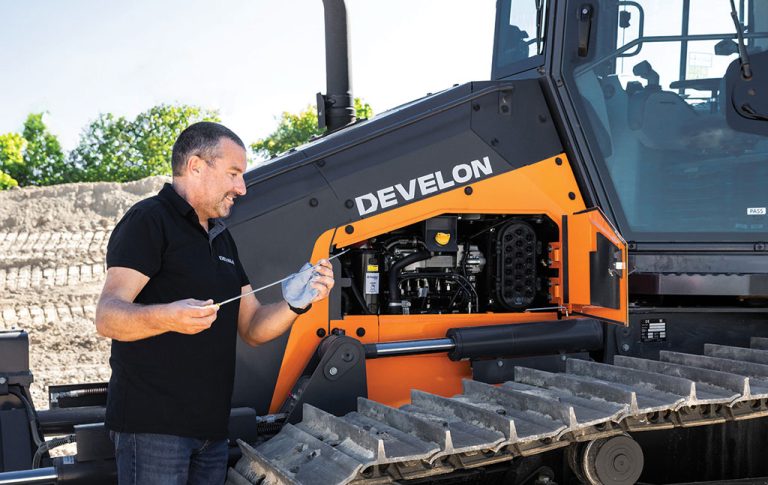Machine Stable specializes in complete excavators, loaders and their attachments.

Simple Tricks to Avoid Wheel Loader Engine Breakdowns
In the world of construction machinery, the engine is the heart of a wheel loader. Its condition directly affects operational efficiency and the service life of the equipment. Whether it is a big wheel loader working tirelessly in a mining site or a compact compact articulating wheel loader maneuvering through urban construction, the engine bears significant load.
Proper maintenance and smart operation not only allow wheel loader operators to work smoothly but also reduce breakdowns and save substantial maintenance costs. Based on international project experience, this guide shares key steps, data references, and practical tips for prolonging wheel loader engine life, ensuring your equipment runs efficiently.
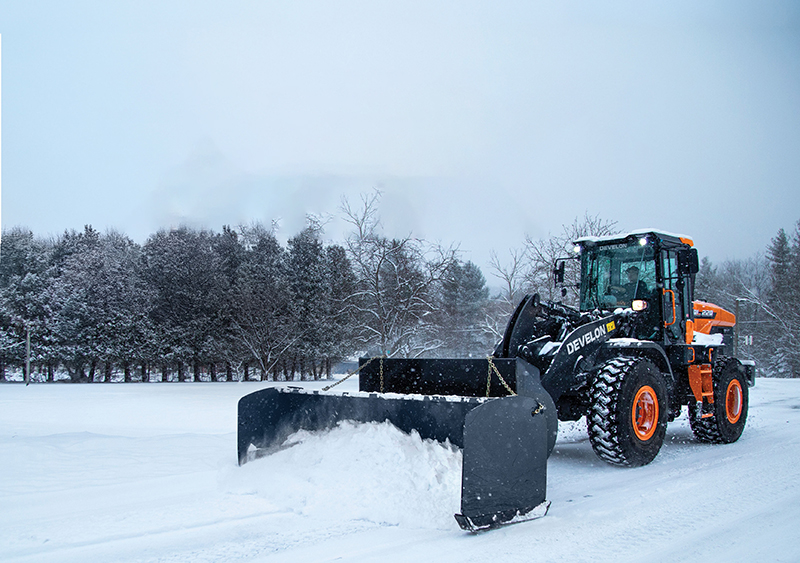
1. Regular Oil and Filter Replacement
Engine oil is the lifeblood of a wheel loader, directly affecting internal wear and overall performance.
Maintenance Details:
- Replacement Schedule
- Standard conditions: every 200 hours or quarterly
- Harsh environments (mines, quarries): every 150 hours
- Operational Tips
- Use manufacturer-recommended oil
- Replace the oil filter at the same time
- Ensure effective filtration of impurities and metal debris
In Queensland, Australia, a team operating big wheel loaders reported that by adjusting engine load properly and checking the fuel system regularly, their machines maintained excellent performance even after 2,000 hours of continuous operation. Operators commented: “The stable engine made all-day operation much easier.”
Notes:
- Avoid using low-quality oil
- Check oil levels and seals after replacement
- On small 4 wheeler loaders, oil quality directly affects fuel efficiency and power output
2. Air Filter Deep Maintenance
Dust is the invisible enemy of an engine. Keeping air filters clean is critical.
Maintenance Table:
| Maintenance Item | Inspection Interval | Method | Notes |
|---|---|---|---|
| Air Filter | Every 50 hours | Clean when dust accumulation exceeds 50%; use light tapping or low-pressure reverse airflow | Add pre-filters in high-dust environments like mines or quarries |
Practical Tips:
- Use low-pressure reverse airflow; avoid washing with water
- For continuous operation of compact articulating wheel loaders, check filters daily
- Pair with wheel loader accessories for better protection
In New Zealand, a logistics company operating multiple self loading wheel lift machines checked air filters before each operation. Fuel efficiency improved by 12%, and engine failure rates decreased significantly.
3. Fuel System Precision Maintenance
Fuel quality directly affects engine performance, emissions, and lifespan.
Key Points:
- Fuel Filter Replacement
- Every 200 hours
- Prevents debris from clogging injectors
- Fuel Tank Management
- Drain water separators daily
- Prevent water contamination in fuel
- Fuel Selection
- Use standard diesel
- In winter, switch to low pour-point fuel (e.g., -10# diesel)
Operational Tips:
- For wheel loader with grapple operations, higher loads increase the risk of water in fuel
- Continuous-operation big wheel loaders may benefit from fuel preheating to improve startup efficiency
In Arizona, USA, a company trained operators to adjust engine speed and load properly. After 1,500 hours of continuous operation, the engines remained stable and maintenance costs dropped by 30%.

4. Cooling System Maintenance
Overheating accelerates engine wear. Proper cooling system maintenance is essential.
Cooling Maintenance Table:
| Item | Inspection/Replacement Interval | Key Actions |
|---|---|---|
| Coolant Replacement | Every 2,000 hours or 6 months | Freeze point must match local lowest temperature (recommended below -25°C in winter) |
| Radiator Cleaning | Monthly | Remove dust to ensure airflow |
| Water Pump Check | Every 500 hours | Check seals to prevent leaks |
Practical Tips:
- For high-temperature operations on 4 wheeler loaders, increase fan cleaning frequency
- Continuous high-load operation of compact articulating wheel loaders requires midday radiator and water pump checks
- Use wheel loader accessories like radiator guards, but ensure airflow is not blocked
At a gold mine in South Africa, multiple 4 wheeler loaders equipped with specialized radiator protection and self-loading attachments maintained stable engine temperatures and power output during long shifts. Overall team efficiency improved by 15%.
Additional Operational Recommendations
- Operator Experience: Knowing the difference between skid steer vs wheel loader allows adjustment of load and speed to reduce engine stress
- Attachments: High-quality filters and cooling protection extend engine life
- Maintenance Logs: Track every check and service to ensure proactive management
FAQ
Q1: Does engine maintenance vary for different wheel loader sizes?
A1: Yes, maintenance should match wheel loader sizes. Larger machines bear heavier loads and require more frequent fuel and cooling checks.
Q2: How important is air and fuel system maintenance?
A2: Extremely important. Keeping air and fuel clean extends engine life.
Q3: Can operating habits affect engine life?
A3: Yes. Skilled operators can reduce wear by adjusting load and speed appropriately.
Q4: Can attachments help protect the engine?
A4: Yes. Quality filters and cooling devices help maintain stable power output and reduce engine stress.
By following these steps and properly using wheel loader equipment and wheel loader accessories, whether it’s a big wheel loader, compact articulating wheel loader, or self loading wheel lift, the engine can remain efficient and reliable. Maintaining detailed service logs and scheduling professional inspections can significantly extend engine life, reduce maintenance costs, and improve operational efficiency.


